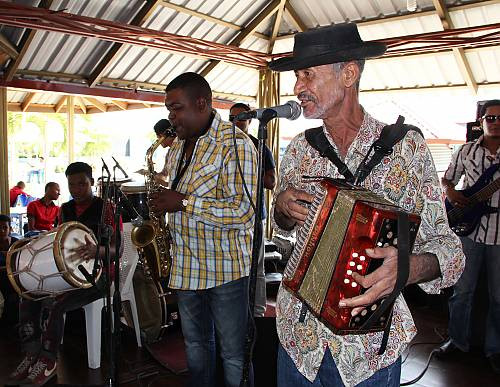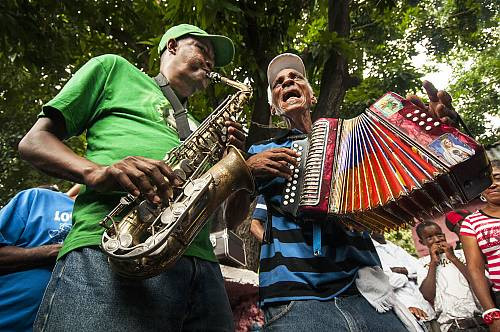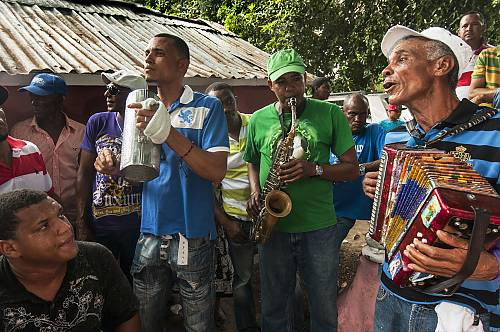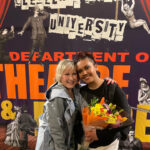Merengue is more than just a dance in the Dominican Republic; it’s the heartbeat of the nation, an integral part of Dominican identity recognized by UNESCO as an Intangible Cultural Heritage of Humanity in 2016. This vibrant Dominican Republic Dance permeates every aspect of Dominican life, from schoolyards to political rallies, and intimate social gatherings. Its profound cultural significance was officially acknowledged in 2005 with a presidential decree establishing November 26th as National Merengue Day.
Each year, the rhythm of dominican republic dance takes center stage at Merengue festivals held in cities like Santo Domingo and Puerto Plata. These celebrations are a testament to the dance’s enduring popularity and its ability to bring people together. Merengue is traditionally performed by couples, characterized by its playful and flirtatious movements as partners circle each other to the captivating music. The music itself is a lively blend, typically featuring instruments such as the accordion, drums, and saxophone, creating the distinctive Merengue sound that compels you to move.

Dominican Republic dance performance showcasing traditional Merengue costumes and instruments.
The art of dominican republic dance, specifically Merengue, is passed down through generations organically. Children are introduced to its steps and rhythms from a young age, learning through observation, active participation, and imitation. This informal yet effective method of transmission ensures the dance remains a living tradition. Merengue’s inclusive nature is another key aspect of its cultural importance. It effortlessly bridges social divides, drawing people from all walks of life together in a shared expression of joy and cultural pride. This unifying power fosters respect and coexistence within Dominican society.

Merengue dance couple in Santo Domingo, Dominican Republic, demonstrating traditional steps.
While the north of the Dominican Republic is widely considered the birthplace of this iconic dominican republic dance, its influence extends far beyond. Merengue has danced its way into Puerto Rico, the United States, and across the Caribbean region, captivating hearts and inspiring dancers. Its infectious rhythm has also resonated throughout Latin America, with variations emerging in Venezuela, Colombia, and Central American countries, solidifying Merengue’s place as a globally recognized and cherished dance form rooted in the Dominican Republic.

Annual Merengue festival in Puerto Plata, celebrating Dominican Republic dance and music.


